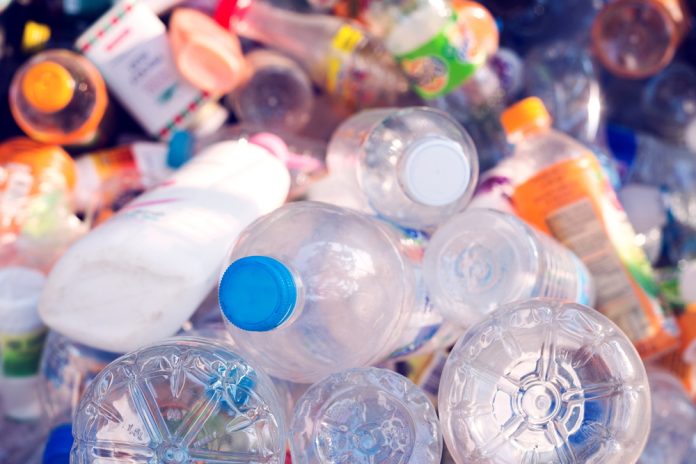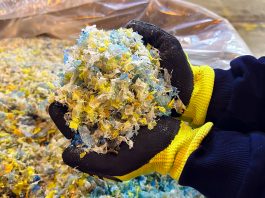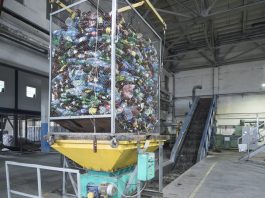The staggering amount of plastic waste generated globally – approximately 450 million tonnes annually – has long posed an environmental crisis.
Only 9% of this plastic waste is recycled, with the majority ending up in landfills, incinerators, or polluting oceans.
A groundbreaking innovation from the Department of Energy’s Oak Ridge National Laboratory (ORNL) offers new hope for addressing this challenge: a molecular editing technique for upcycling plastic waste into higher-value materials.
Upcycling plastic waste explained
Unlike traditional recycling methods, which degrade plastic quality over time, ORNL’s approach preserves and enhances the properties of the original material.
By editing the polymers in discarded plastics, scientists can create new macromolecules with customised properties.
This process could transform the way we manage plastic waste, unlocking the potential to reuse and repurpose materials in more sustainable and economically viable ways.
The science behind polymer editing
Polymers are long chains of molecules that form the building blocks of plastics. ORNL researchers use advanced chemical techniques to break and reform the bonds within these chains, rearranging the molecular subunits to create new materials.
Two processes underpin this method:
- Ring-Opening Metathesis Polymerization: This process opens carbon rings within polymers and extends them into long chains.
- Cross metathesis: This technique swaps subunits between polymer chains, enabling the creation of new, hybrid materials.
By employing these methods, scientists can produce plastics with improved strength, flexibility, and heat resistance – properties tailored to specific applications.
Applications of upcycled plastics
The versatility of this technology is demonstrated through its use of common waste materials like polybutadiene (found in rubber tyres) and acrylonitrile butadiene styrene (ABS), a durable plastic used in toys, electronics, and household items.
These materials, which traditionally have low recycling rates, are reimagined as high-performance additives or entirely new products.
The process starts by dissolving waste polymers in a solvent and introducing a ruthenium catalyst to facilitate chemical reactions.
This innovative approach ensures high material recovery and minimal energy use, making it a sustainable alternative to conventional recycling.
Benefits of molecular editing
By conserving the mass and energy of waste materials, this technology reduces the reliance on virgin resources and minimises the carbon footprint of plastic production.
Unlike traditional recycling, which often downgrades material quality, molecular editing retains and enhances the functional value of polymers.
The ability to create high-value products from waste materials opens new opportunities for industries reliant on plastics. From softer, more flexible plastics to durable thermoset materials like epoxy resins and polyurethane, the potential applications are vast.
This breakthrough aligns with the principles of a circular economy, where waste is repurposed into valuable resources rather than discarded.
By leveraging the intrinsic properties of waste plastics, this approach represents a significant step toward sustainable manufacturing and waste management.
Challenges and future directions
While the technology is promising, scaling it for industrial use remains a challenge. Researchers aim to expand the process to a broader range of polymers and optimise solvents for greater environmental sustainability.
Future efforts will also focus on creating advanced thermoset materials, which are traditionally difficult to recycle due to their cross-linked molecular structure.
The potential of molecular editing to revolutionise plastic waste management cannot be overstated.
By transforming discarded materials into valuable resources, ORNL’s innovation offers a pathway to dramatically reduce plastic pollution and promote sustainable practices across industries.
As this technology continues to evolve, it brings us closer to achieving a circular economy, where waste is no longer an environmental burden but a source of innovation and opportunity.
Upcycling plastic waste represents not just a scientific breakthrough but a critical step toward a more sustainable future for our planet.









